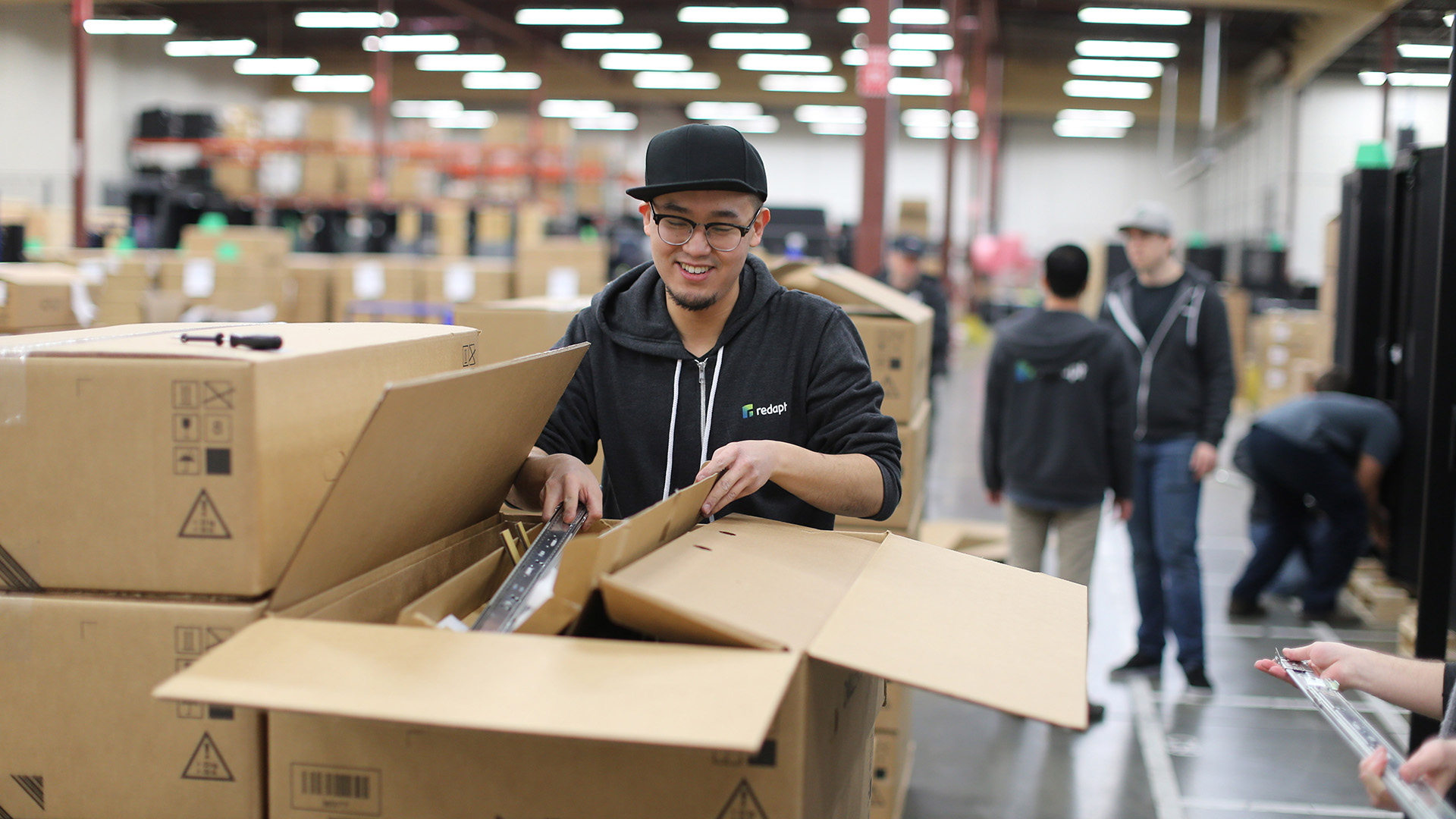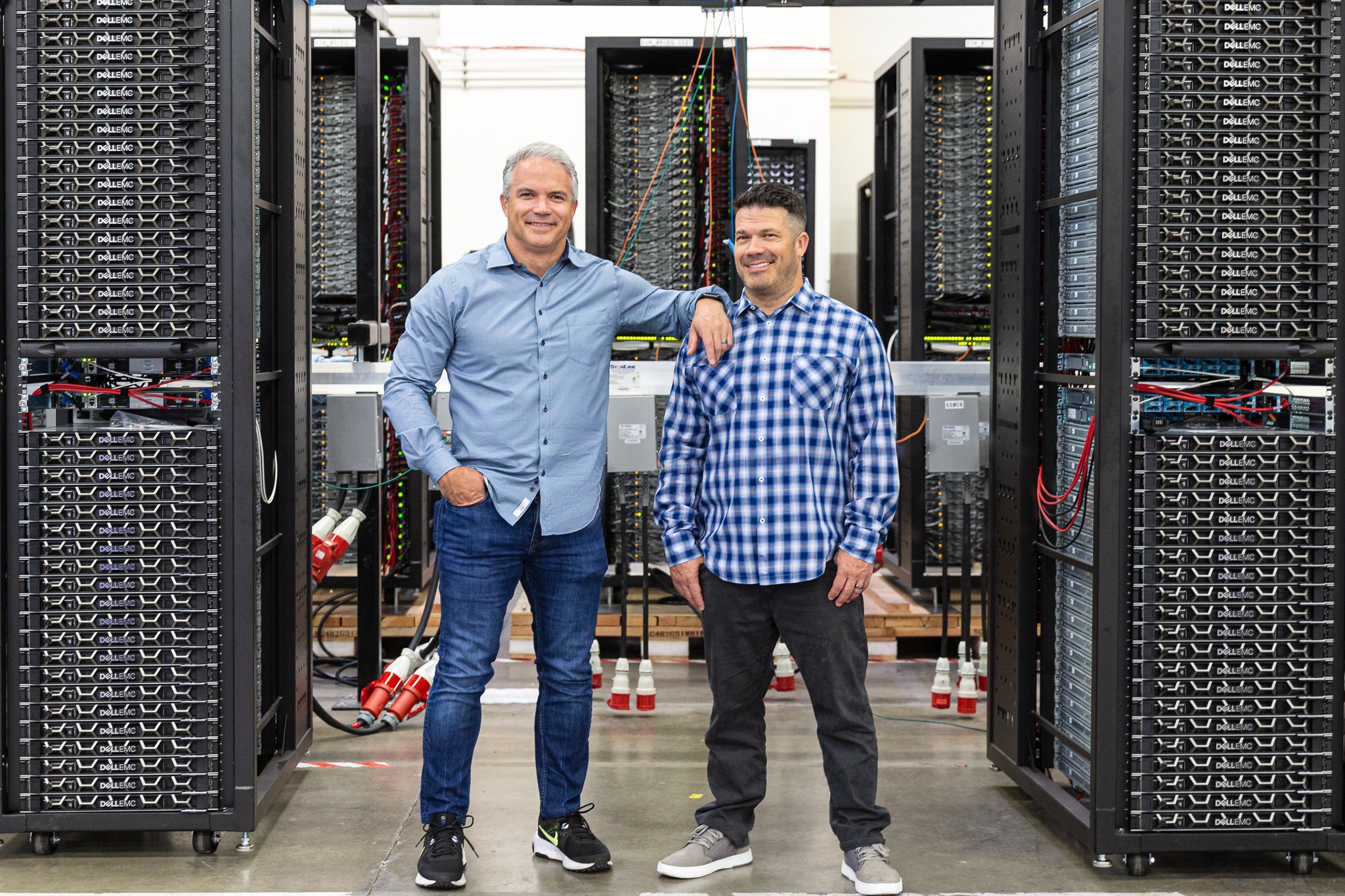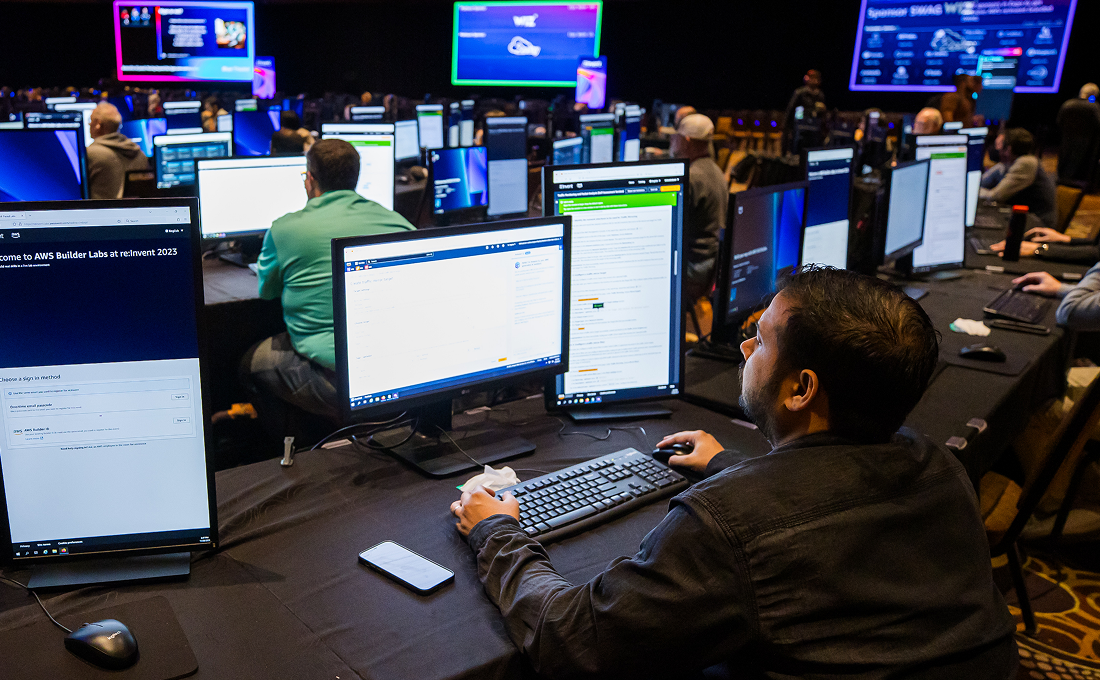When a company reaches a certain scale, keeping hundreds and even thousands of containers and their microservices seamlessly talking to one another can be a very big lift.
Even smaller companies, those only orchestrating and monitoring 10 containers at a time, can find the process daunting and ultimately unreasonable from both a staffing and budget standpoint.
Read Now: The Complete Guide to Microservices Architecture for Enterprises
Fortunately, there are a number of tools at your disposal to make the orchestration and monitoring of containers and microservices not just achievable, but relatively scalable. Here are some of them:
1. Kubernetes
![]() If containers are the instruments of your development process, then Kubernetes is the conductor.
If containers are the instruments of your development process, then Kubernetes is the conductor.
Originally developed by Google, Kubernetes sits atop your containers to direct communication and monitoring between clusters. It can essentially wrangle a large number of containers — and the microservices within — into a single, much more manageable cluster.
Learn more about Kubernetes here.
2. Rancher
 As much as Kubernetes helps streamline the orchestration and monitoring of containers by creating clusters, there inevitably comes a point where the clusters themselves become too unwieldy to orchestrate and monitor.
As much as Kubernetes helps streamline the orchestration and monitoring of containers by creating clusters, there inevitably comes a point where the clusters themselves become too unwieldy to orchestrate and monitor.
That’s where tools like Rancher come in. With Rancher, you can orchestrate and monitor clusters from a single point regardless of where those clusters are located, from on-premises to a cloud service.
Learn more about Rancher here.
3. Chaos Monkey
 Born from the minds at Netflix, Chaos Monkey is an infrastructure testing tool designed to wreak havoc by randomly killing off containers. The reason? To regularly test the resilience and healing of your system for instant failures.
Born from the minds at Netflix, Chaos Monkey is an infrastructure testing tool designed to wreak havoc by randomly killing off containers. The reason? To regularly test the resilience and healing of your system for instant failures.
By continually testing for failures, IT teams can better pinpoint potential gaps in safeguards and monitor efficiencies when actual failures occur.
Learn more about Chaos Monkey here.
4. Prometheus
 A popular open-source monitoring solution, Prometheus helps ensure your containers are up and running.
A popular open-source monitoring solution, Prometheus helps ensure your containers are up and running.
In addition, Prometheus monitors the load your clusters are carrying at any given time, allowing you to build in rules to spin up — or spin down —more capacity as needed.
Learn more about Prometheus here.
For more information about orchestration and monitoring — or containers and microservices in general — download our free eBook: 3 Simple Steps to Applying the Technical Maturity Framework When Going Cloud-Native.













/redapt_ebook_going-cloud-native_partner-logo-preview1.png?length=400&name=redapt_ebook_going-cloud-native_partner-logo-preview1.png)
/redapt_ebook_going-cloud-native_partner-logo-preview2.png?length=400&name=redapt_ebook_going-cloud-native_partner-logo-preview2.png)
/redapt_ebook_going-cloud-native_partner-logo-preview3.png?length=400&name=redapt_ebook_going-cloud-native_partner-logo-preview3.png)


